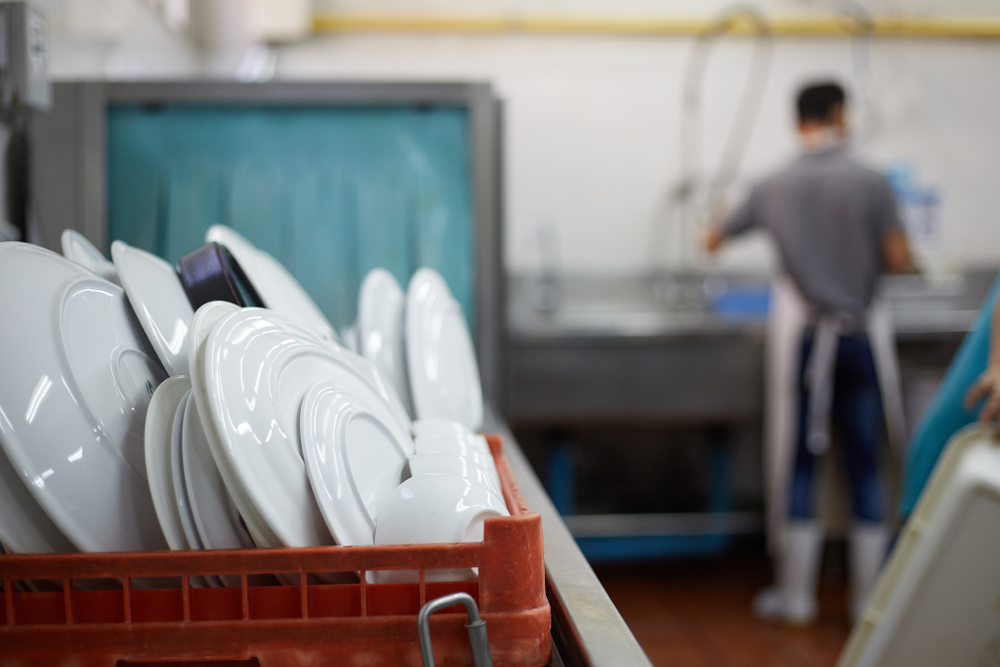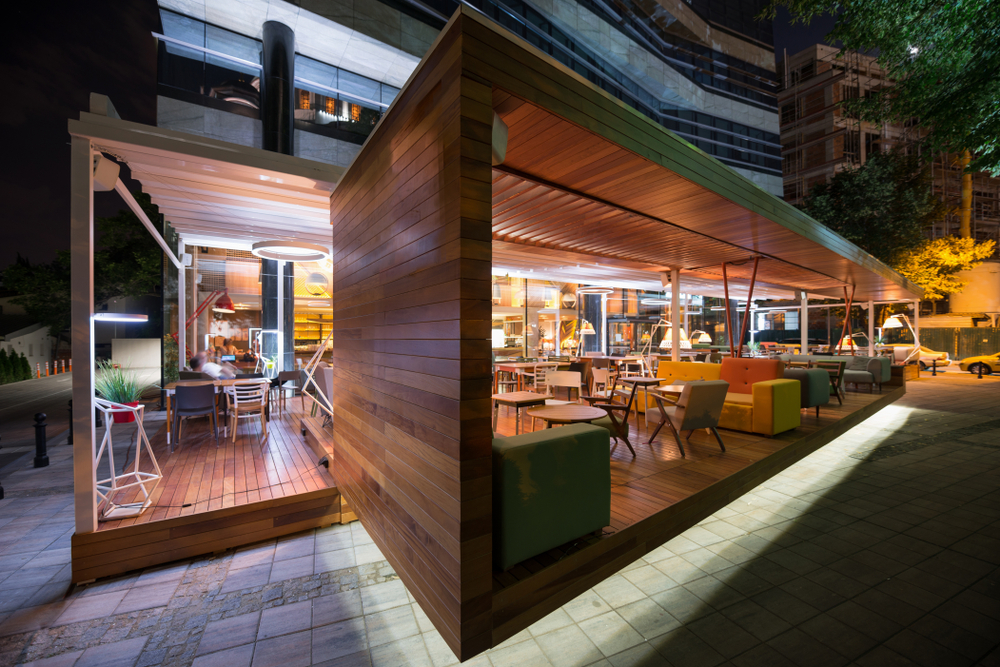The Dish Washer – Underappreciated and Undervalued?
As we all know, being a chef is more than just cooking a few meals every night. To be a chef, the individual in question needs to be a strong manager (of the establishment and of people!), a financial guru, a leader, and then an accomplished cook. With this in mind, the best chefs quickly recognize the value of his/her team. Every single team member has an important role in relieving pressure and getting on with work at a high standard without having to be constantly monitored.
With this in mind, the lessons a chef learns right through their career need to be appreciated and then practiced frequently if ‘success’ is to be achieved. Those who work in the dish pit are perhaps the most underappreciated in the industry, but this guide will take a wider look at all the lessons that can be learned over the course of a career in the kitchen. If you want to achieve success (who doesn’t, right?), it’s important to always learn and we have some valuable lessons below!
Lead by Example – Firstly, a chef must realize that every single member of the team is critical for success. If any one of them wasn’t there, the kitchen would run into all sorts of problems. As a leader, set a precedent and respect your dish washer.
Two Words Mean the World – For many, they believe motivating their team requires generous team activities and trips away but this isn’t the case. If you really want to motivate your employees, give them a reason to work for you…this starts with ‘thank you’. When a dish washer finishes their shift covered in food and sweating from the hard work, shake their hand and say these two magic words. Suddenly, they feel valued and will go the extra mile. We also recommend advising line cooks to do the same.
Clean Plates are Your Canvas – As a chef, you are an artist who needs a clean canvas with which to work. How can you shine when plates are dirty and equipment is never clean? Your dish washer provides you with the tools to be a star.
Profit Contribution – Thousands of restaurants around the world have failed because they couldn’t run the kitchen efficiently. Whether it’s broken china, wrong portion sizes, or poor use of cleaning chemicals, keeping on top of expenditure is critical. As you may have guessed by now (since this is the theme of our guide), dish washers can be brilliant for your finances. If they notice a particular dish that keeps coming back unfinished, they can inform you and you can adjust the portion size accordingly.
Chef Aspirations – Most chefs these days start as dish washers, so keep this in mind. We could argue that those who don’t have this experience are at a disadvantage to those who do; this is important to remember when talking to dish washers.
Mise en Place – Mise en place isn’t just important for servers and line cooks, you know. The dish washer has a pivotal role in keeping the kitchen flowing nicely when the busy times arrive. While working in the background, they ensure everything is in its place (clean!) for both servers and cooks alike. While training dish washers, make sure they know where flatware, plates, glasses, pans, pots, and everything else is stored. Soon enough, their attention to detail will be the spine holding the kitchen together.
Huge Responsibility – Let’s not forget, some of the most expensive equipment and machinery will be looked after by your dish washers. In addition to the machine itself costing thousands of dollars, they also take care of your inventory. Therefore, the washers are just as pivotal to your financial future as all your other employees (maybe even more so!).
Realize a Dish Washer’s Importance – At the risk of repeating ourselves, you cannot underestimate the value of the dish washer. At the beginning of the next shift, tell the cooks one of them will have to wash the dishes and watch the fear rush into their faces. All cooks appreciate how thankless and draining it can be in this role; if the dish crew is short one member, the kitchen operates at a slower pace so it’s important to appreciate how important they really are.
The Weakest Link? – Leading on from this, we never want to hear that the dish washer is the ‘weak link’ in any kitchen. If there’s a weak link in the kitchen, it suggests you’d be able to operate close to normal without them. If any of your team believes they could survive an evening without the dish team, tell them to go ahead and try it.
All chefs who have experienced different roles in the kitchen should appreciate the effort that goes into each. When the importance of each role is clear, it’ll be easy to see the value in individual staff members.
Next Breakfast Cook? – As well as the dish washer potentially becoming a chef, there’s also a chance they could become brilliant prep cooks or breakfast cooks. How do you know if this is true? Just look into their eyes and find the passion. Do they show a willingness to learn? Do they have a certain spark behind the eyes? Many a talented cook has been lost by restaurants after they assess current ability rather than potential ability.
Include the WHOLE Team – Now we’ve discovered the value of the dish washer, it’s time to include them in celebrations after a successful service. There’s a great saying ‘if you don’t have time to respect team members, how will you find the time to hire their replacement?’.
We’ve heard many chefs complain at the number of dish staff they’ve seen join and leave their restaurant. For us, this is a sign of bad management. Of course, some dish washers will be young students as opposed to those wanting a career in food so their departure is to be expected. However, it’s almost scandalous to allow somebody with passion for cooking to leave your company just because you failed to show basic appreciation and respect.
Treat Individuals Consistently Unique – No matter what industry, it’s important to treat all employees fairly. This being said, this doesn’t mean you can’t consider the unique circumstances of workers when dealing with them. For example, the low wages of dish washers may mean they’re forced to walk to work rather than getting the public transport. Being a ‘leader’ doesn’t mean firing them for turning up late a couple of times. Being a leader means using empathy when it’s required to resolve the issue and help them make alternative arrangements; perhaps there’s a colleague that lives nearby and can offer a ride?
Yield a Positive ROI – Considering your dish washers, on a low wage, have such importance and could potentially transform into one of your cooks, they could actually turn into the biggest return on investment (ROI) you ever make.
Why not spend twenty minutes a day helping your dish washer and making them feel a part of the team? You could put on a bib and show them the real values of being a chef, you could have one of your cooks take over the washing while you teach them a few things, or you could just spend some time getting to know them. The more time you put in, the more you’re going to get out.
With an atmosphere where nobody is above ANY job, the whole kitchen will thrive and become a hub for learning!





